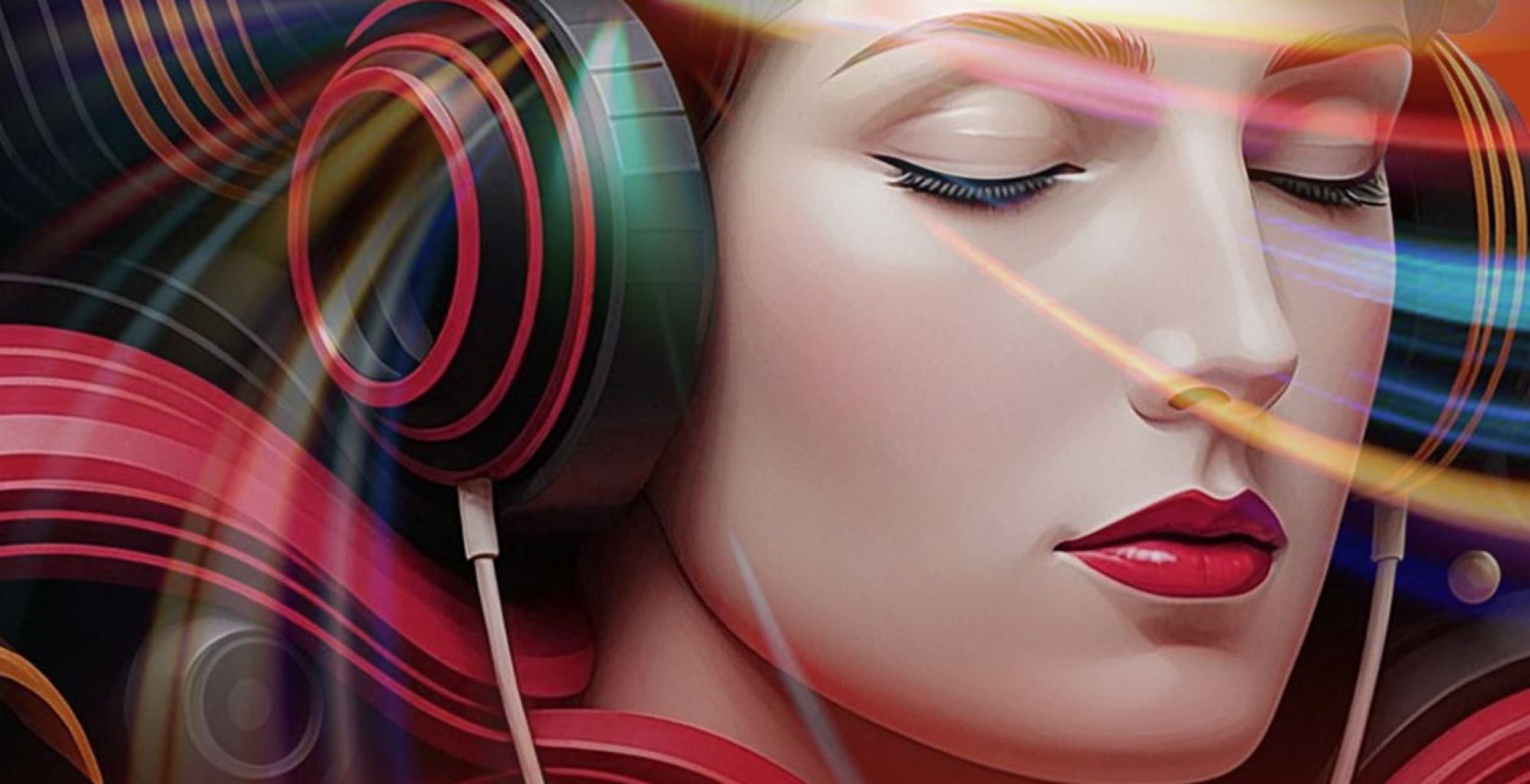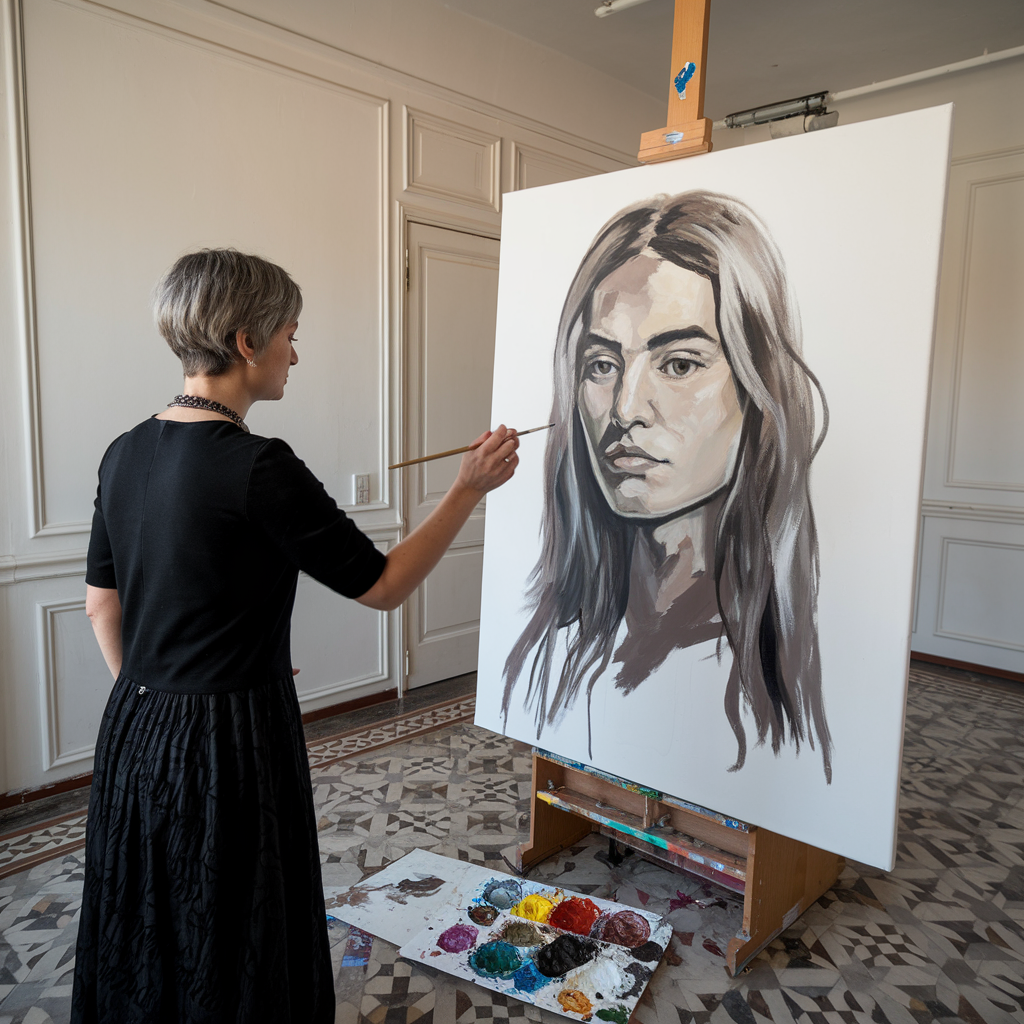The person can show creativity and authenticity through emotion, ideas, and experience. Creative self-expression, whether in the medium of painting and writing, or music, dance, and fashion, is a way to explore and evolve the self. Creativity also creates flow, expands joy and satisfaction in life, supports self-realization, and empowers self-knowledge and self-awareness. Here are some suggestions on what you can do to change this but before that, just remember that at a time of accelerating digitalization and fast-paced lifestyles, it is more essential than ever to prioritize creativity and self-expression for the sake of both mental well-being and social connection.
Self-expression is not just about fulfilling the individual; it has a direct impact on whole slices of culture, innovation, and problem-solving. Knowing the power of creativity and self-expression, people can liberate themselves from socially imposed bonds and reach their full potential, it builds their confidence in handling the complexities of life with creativity and originality.
Understanding Creativity and Self-Expression
Creativity and self-expression are 2 interrelated ideas in developing personal identity and artistic exploration. Creativity – the capacity to produce novel ideas, perspectives, and solutions, and self-expression – the act of sharing one’s thoughts, emotions, and unique experiences via different types of artistic or personal representation.
The Connection Between Creativity and Self-Expression
- Personal Identity: Creativity allows individuals to express themselves, to show their unique personality, thoughts, and emotions through art.
- Emotional Regulation: Many people find that their engagement in these activities helps them process and express emotions, lowers stress, and leads to mindfulness and being in the moment.
- Innovation and Problem-Solving: Creative self-expression inspires outside-the-box thinking, fostering innovative solutions and new perspectives in both personal and professional realms.
- Cultural Influence: Artists, writers, and musicians play a significant role in shaping cultural narratives, challenging societal norms, and inspiring social change through self-expression.
The Psychology of Creative Self-Expression
The Role of Flow in Creativity
There’s a psychological term for this phenomenon: Mihaly Csikszentmihalyi called this state “flow,” meaning deep engagement that makes time disappear and creativity arrive on the page with a minimum of friction. This flow state from creating whatever comes to mind and turning it into reality creates such positive feedback in the brain that it produces an increased feeling of euphoria, purpose, and inner drive. This state is known to occur when the balance between challenge and skill is optimal, which makes creative projects extremely rewarding.
Creativity and the Brain
- Neuroplasticity: They reinforce neural pathways that improve our ability to think flexibly and solve problems.
- Creative Goofiness: Self-expressive modalities release dopamine, a neurotransmitter that controls pleasure and reward.
- Emotional Processing: Engaging in the arts activates regions of the brain responsible for emotional regulation, enabling individuals to process and express feelings.
Forms of Creative Self-Expression
Visual Arts
As creative mediums painting, drawing, and sculpture offer people a way to explore and express emotions or thoughts visually. Through experimentation with artistic styles and materials, one can discover themselves and their art.
Writing and Storytelling
Poetry, journaling, and storytelling give voice to one’s thoughts and feelings clearly and concisely. Writing creatively helps cultivate self-exploration and communication, making it a valuable resource for personal development and articulation.
Music and Dance
Music and dance are forms of human creative self-expression that transcend language. Through composing, playing an instrument, and dancing, these forms of art enable a person to be in tune with their emotion, relieve stress, and experience meaningful self-expression.
Fashion and Personal Style
How people dress and present themselves is a key form of self-expression. Fashion expresses personality, pop culture, and mood, and style is a changing form of creative identity.
Performance Arts
Performance arts such as acting, theater, and spoken word allow you to express yourself fully, embody different characters, share unique stories, and connect with an audience. Performing arts builds confidence in individuals, encourages them to express their emotions, and helps them connect with the audience at a deeper level.
The Impact of Creativity and Self-Expression on Mental Health
Reducing Stress and Anxiety
Subsequently, having participated in creative pursuits has been linked to decreased cortisol levels, resulting in decreased stress and a sense of calmness. Artistic endeavors, like painting, writing, and music, can help in releasing emotions and clear your mind and just thinking.
Building Self-Confidence
Creative self-expression allows individuals to internally love their points of view, ideas, and perspectives. Exposing creative work helps to build self-confidence and resilience against criticism or societal expectations.
Improving Emotional Intelligence
Through self-expression, people practice understanding and managing their emotions, which leads to higher emotional intelligence and better relationships with others. Creativity fosters empathy and awareness as we recognize and express feelings.
Healing and Trauma Recovery
Art therapy and creative expression are commonly applied to trauma recovery, offering a safe place for individuals to process uncomfortable experiences. Artistic engagement can facilitate healing and have the power to reclaim their stories.
Developing a Creative Mindset
Overcoming Creative Blocks
- Do Nice by Getting Started: Creativity is best, where the fun is found in making art is in experimenting. We can leave behind the fear of failure and just let the ideas go.
- Interact with It: Creativity is sparked through playfulness and curiosity. It also keeps things fun and fresh when you can try new media and methods!
- Be Here Now: Mindfulness is a great creativity booster as it helps you get immersed in the creative process.
Building a Creative Routine
- Set Aside Time: Dedicating regular time for creative activities helps establish consistency and discipline.
- Create a Stimulating Environment: Surrounding oneself with inspiring artwork, music, and literature fosters a creative atmosphere.
- Collaborate with Others: Engaging in creative communities and collaborations with new ideas and perspectives.
Encouraging Creativity and Self-expression in Daily Life
In the Workplace
This sort of thing completely helps the enterprise innovation in the company and yields the best productivity and employee satisfaction. A creative mindset opens the door for innovative solutions that drive business significance.
In Education
Arts and creative expression are important components of curricula; they help develop critical thinking, emotional development, and engagement. Fostering creative outlets for students builds confidence and self-awareness.
In Personal Relationships
Exploring creative passions with family and friends deepens relationships and builds stronger bonds. Say and Share: Creativity and self-expression are shared experiences and meaningful interactions.
Conclusion
Creativity and self-expression are intrinsically tied to individual development, mental health, and social progress. Through creative self-expression, we access our unique potential and gain insight into ourselves and the world around us. Through creative expression, be it art, writing, music, or personal style, a world of self-discovery opens up leading to confidence, happiness, and direction. With each new experience we seek out, we are building our emotional intelligence, problem-solving abilities, and resilience, resulting in a richer and more rewarding life. Participating in creativity and self-expression is not “nice to have” it is essential in the stream of overall well-being and self-discovery.

